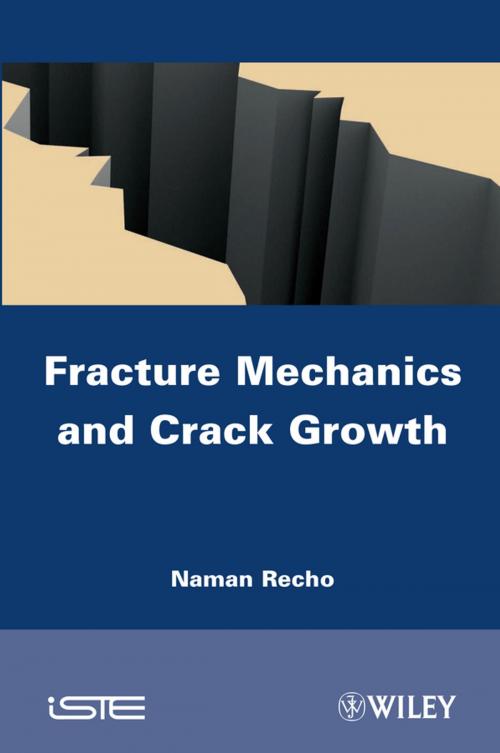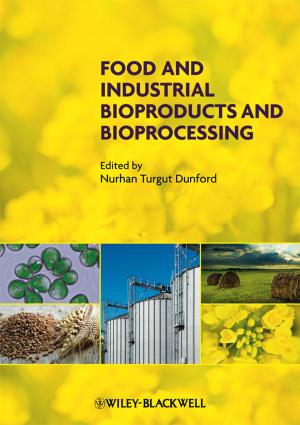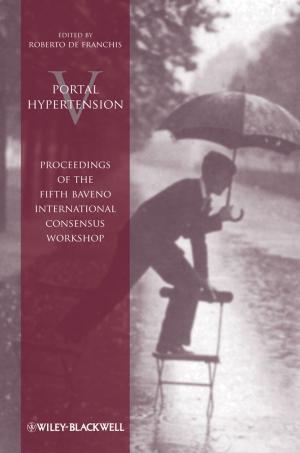| Author: | Naman Recho | ISBN: | 9781118563281 |
| Publisher: | Wiley | Publication: | December 27, 2012 |
| Imprint: | Wiley-ISTE | Language: | English |
| Author: | Naman Recho |
| ISBN: | 9781118563281 |
| Publisher: | Wiley |
| Publication: | December 27, 2012 |
| Imprint: | Wiley-ISTE |
| Language: | English |
This book presents recent advances related to the following two topics:
- how mechanical fields close to material or geometrical singularities such as cracks can be determined;
- how failure criteria can be established according to the singularity degrees related to these discontinuities.
Concerning the determination of mechanical fields close to a crack tip, the first part of the book presents most of the traditional methods in order to classify them into two major categories. The first is based on the stress field, such as the Airy function, and the second resolves the problem from functions related to displacement fields. Following this, a new method based on the Hamiltonian system is presented in great detail. Local and energetic approaches to fracture are used in order to determine the fracture parameters such as stress intensity factor and energy release rate.
The second part of the book describes methodologies to establish the critical fracture loads and the crack growth criteria. Singular fields for homogeneous and non-homogeneous problems near crack tips, v-notches, interfaces, etc. associated with the crack initiation and propagation laws in elastic and elastic-plastic media, allow us to determine the basis of failure criteria.
Each phenomenon studied is dealt with according to its conceptual and theoretical modeling, to its use in the criteria of fracture resistance; and finally to its implementation in terms of feasibility and numerical application.
Contents
- Introduction.
Part 1: Stress Field Analysis Close to the Crack Tip - Review of Continuum Mechanics and the Behavior Laws.
- Overview of Fracture Mechanics.
- Fracture Mechanics.
- Introduction to the Finite Element Analysis of Cracked Structures.
Part 2: Crack Growth Criteria - Crack Propagation.
- Crack Growth Prediction in Elements of Steel Structures Submitted to Fatigue.
- Potential Use of Crack Propagation Laws in Fatigue Life Design.
This book presents recent advances related to the following two topics:
- how mechanical fields close to material or geometrical singularities such as cracks can be determined;
- how failure criteria can be established according to the singularity degrees related to these discontinuities.
Concerning the determination of mechanical fields close to a crack tip, the first part of the book presents most of the traditional methods in order to classify them into two major categories. The first is based on the stress field, such as the Airy function, and the second resolves the problem from functions related to displacement fields. Following this, a new method based on the Hamiltonian system is presented in great detail. Local and energetic approaches to fracture are used in order to determine the fracture parameters such as stress intensity factor and energy release rate.
The second part of the book describes methodologies to establish the critical fracture loads and the crack growth criteria. Singular fields for homogeneous and non-homogeneous problems near crack tips, v-notches, interfaces, etc. associated with the crack initiation and propagation laws in elastic and elastic-plastic media, allow us to determine the basis of failure criteria.
Each phenomenon studied is dealt with according to its conceptual and theoretical modeling, to its use in the criteria of fracture resistance; and finally to its implementation in terms of feasibility and numerical application.
Contents
- Introduction.
Part 1: Stress Field Analysis Close to the Crack Tip - Review of Continuum Mechanics and the Behavior Laws.
- Overview of Fracture Mechanics.
- Fracture Mechanics.
- Introduction to the Finite Element Analysis of Cracked Structures.
Part 2: Crack Growth Criteria - Crack Propagation.
- Crack Growth Prediction in Elements of Steel Structures Submitted to Fatigue.
- Potential Use of Crack Propagation Laws in Fatigue Life Design.















